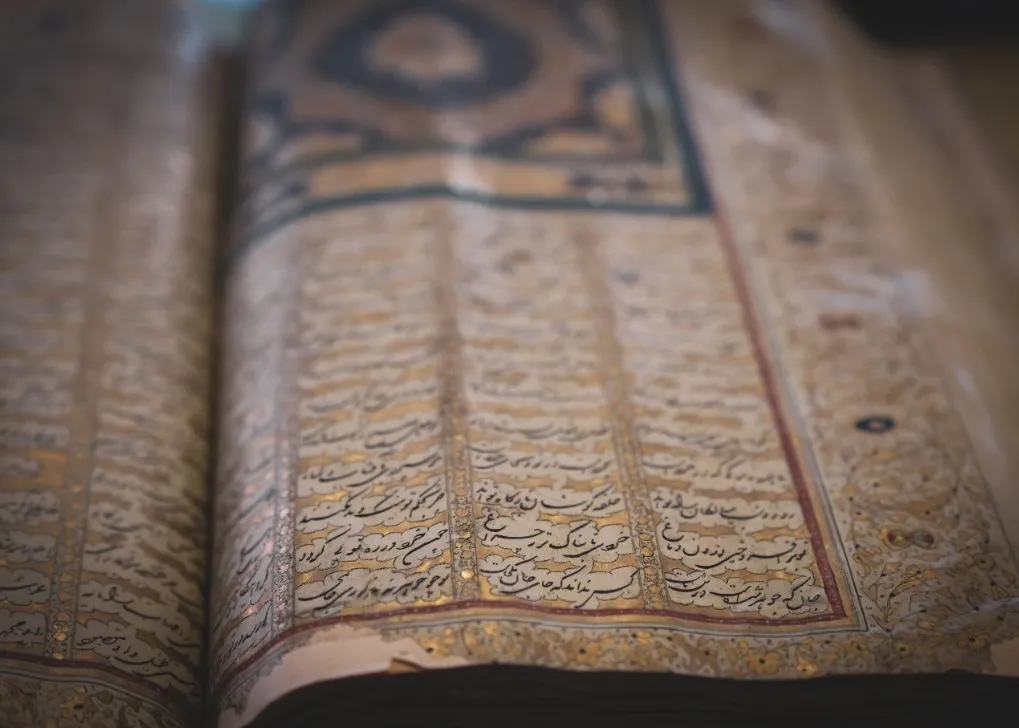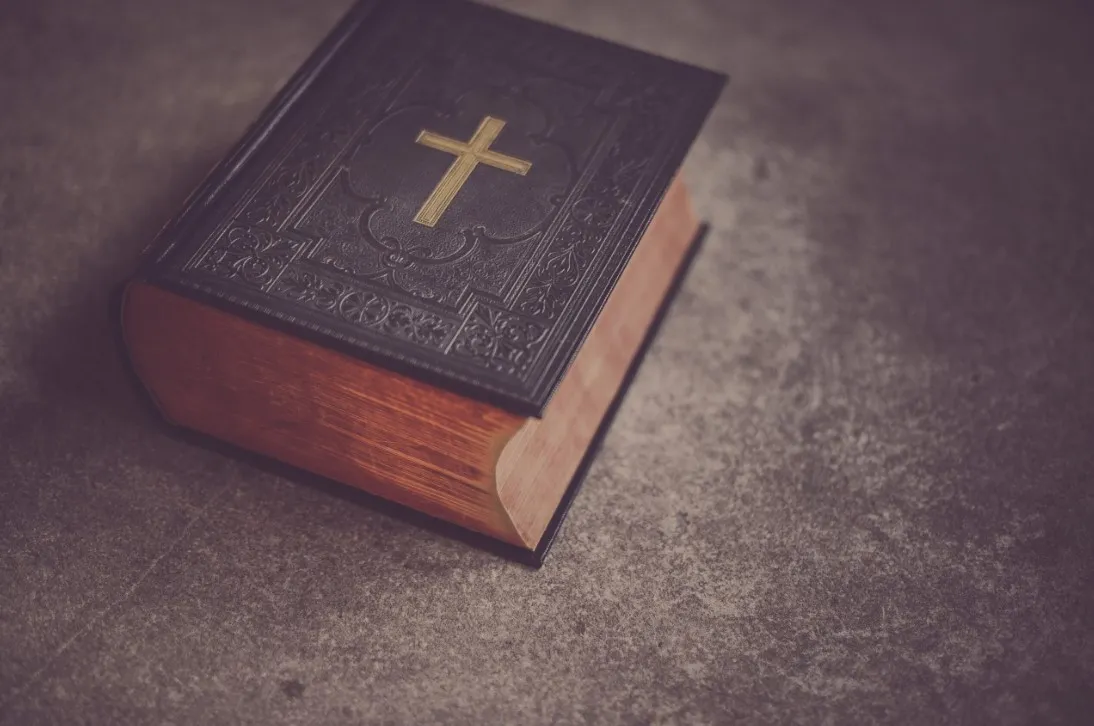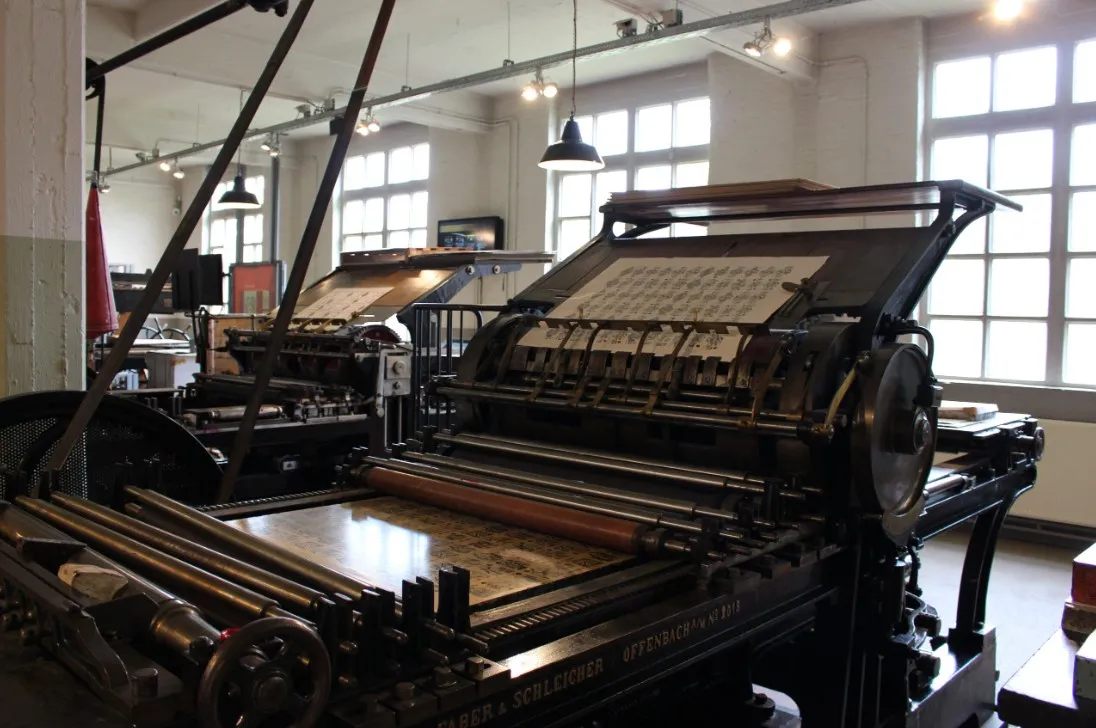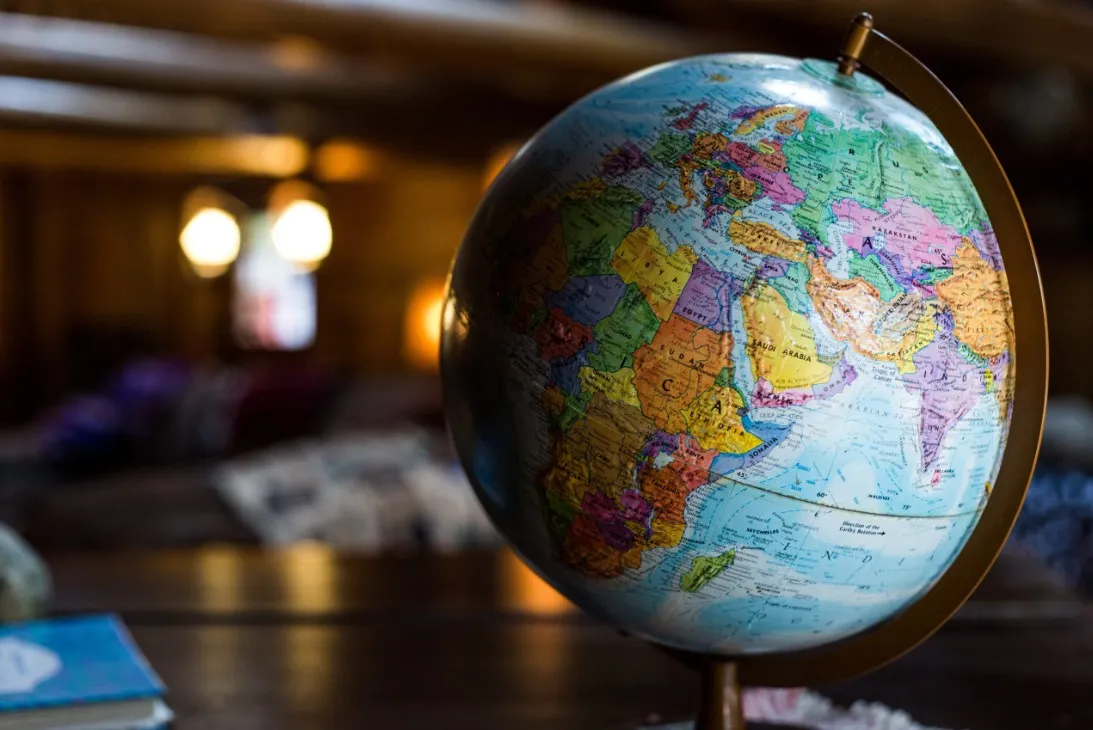The History of Translation is full of mysticism, legends and theories, and there is probably no way to know which one is right. If only The Great Library of Alexandria in Egypt hadn’t burn we might still have a chance to answer this questions, but, as this is also a legend (and there is no way to travel back to the past yet), is up to you to believe which theory makes more sense.
You might at first entered this article thinking you will be encountering some sort of compendium of specific dates, names and facts. But the truth is translation history is very different from the history of other disciplines you might think of.
In this free article at TranslateDay, we will try to recall the origin of translation, and give us a way to think about the importance of translation, its temporal chronology and try to remember the names of those who left their mark on this science.

The First Translations
Translation was believed to be born somewhere in the region of Mesopotamia, Anatolia and Egypt, with some conflicting theories among translators about the precise region where the first translation was done.
Let’s answer the most controversial questions on the history of translation in order to clarify the different theories that are considered:
What was the first translation in history?
One of the most accepted theories states that the first translation known was a poem called The Epic of Gilgamesh, originally written in Sumerian and translated into a variety of Asian languages.
Another widely accepted hypothesis believes that the Rosseta Stone, an ancient Egyptian stone inscribed with a decree, issued at Memphis in 196 BC, was the first piece of translation.
Although these theories contradict each other, we can state that the first reflections on the Translation discipline go back more than 2,000 years. Since then, it has evolved over time and has ended up becoming translation as we understand it today.
What is the most translated book in history?
Although it is hard to know exactly, the Bible is considered to be the most translated book in history, followed very closely by the Quran.
This hypothesis is probably accurate, as most religious books are translated quickly into many languages to spread their ideas as fast as possible. In the search of this, several religious translations were expedited by very prominent authors, who were oftentimes paid to interpret the divine message in different languages to transmit it to the different cultures that exist.

Which were the first types of translation?
Throughout time we can find several proposals for categorization in translation. However, the first two types of translation were the ones stated by Saint Jerome (Born: 347 CE – Died: 420 CE), patron of translators, who already distinguished between secular (profane) and religious translation.
This two categories gave rise to all the main types of translation that we know nowadays.
Who was the first translator?
The first translators were probably located in the regions of Mesopotamia, Anatolia and Egypt, but their identity is not known precisely. So, as there is no better answer, we can say that the first formal translator whose identity and work is known was Saint Jerome, who translated the Bible from Hebrew & Greek into Vulgar Latin around 400 A.D. Saint Jerome is considered the patron saint of translators, librarians and encyclopedists.

7 Key facts in the History of Translation
1. The Renaissance, a translation revolution
The distinction between sacred and profane translation lasted until the Middle Ages and was object of a strong debate during the Renaissance, a great revolution in the world of translation that evolved thanks to political, economic and aesthetic changes, among many others, that influenced the way of translating.
During Renaissance there is a big dichotomy in the search for fidelity in translation in sacred texts. There were some more conservative translators, very influenced by high priests and royalty, who defended the use of word for word translation in order not to betray the divine word. On the other hand, some other translators and erudites, closer to the ordinary people, state that the message of the texts of the Bible must be interpreted during translation, so that everyone can understand the message of god. This practice was categorized as profane translation.
The most representative case of profane translations are the ones by Étienne Dolet. Etienne focus not only in translating the message, but also takes into account the style of the target language and source language, introducing new parameters. This innovation made him a martyr, followed by Fray Luis de León. The first one died at the stake, and the second was imprisoned for violating the original message of the holy book.
2. The 12th and 13th Century: Toledo School of Translators
The Toledo School of translators is the group of scholars who worked together in the city of Toledo (Spain) during the 12th and 13th centuries. It was considered as the first center of multilingual culture and had prior importance as the first school for translators and main translation center in Europe.
They translated many of the philosophical and scientific works from Classical Arabic mainly into Latin, but also to other languages. The role of Toledo School of Translators was vital for the spreading and development of scientifical knowledge and cultures among europe.
3. The Printing Press, exponential growth for Translation
One of the most important events for translation was the discovery and arrival of the printing press. The number of readers and therefore translation jobs grew considerably.
The printing press gives writing and translation a new boost since, in order to reach a greater number of readers, it is necessary to translate. Readers are mostly unaware of the different languages from Romanesque or Germanic origin, even of the most ancient languages in the world such as Greek, Latin, Aramaic, Hebrew or others. In order to have access to books, translation is essential.

4. Translation in the Seventeenth Century
We find ourselves in France during the Adaptation-Level Phenomenon. This phenomenon can be applied not only to the world of translation but also to currencies, noble positions, arts and many other aspects all with the same purpose: Everything should be comprehensible.
Applied to reading, the reader must understand what he reads, and this is when adaptations are born. The way of translating Les belles infidèles for example, where the figure of the woman is presented as beautiful but unfaithful, according to Ablancourt, carries over into translation.
5. Perspective on translation in the Eighteenth Century
During the Eighteenth Century we find quite a more rational translation. It is an age that returns to literalism, excluding the problematic character of interpreting translation. However, the concept of phrase-by-phrase translation was stablished in order to abandon and evolve from the previous idea of translating word-for-word.
6. The age of translation: The Twentieth Century
We meet again with a very significant revolution in the world of translation: the two World Wars and the birth of large international organizations (the UN, UNESCO and the EU), what motivates a need for professional translators.
It is a very relevant historical time, since new technologies appear and, of course, a vast amount of migration and alliances allow new translation modalities to emerge. The need for communication between countries was at its peak and, as a result it is a time where several associations of translators emerge in Europe in countries such as Germany and France, among several others.
7. What happened after World War II?
The first training centers for translators appeared after WW2. Since the Toledo School of translators disbanded, in order to study translation it was necessary to enroll in the Faculty of Philology.
All this influx of masses through history entails a greater trade, from where the study of translation and interpretation was born. If you are a translator, make sure you understand that the role of interpreters and translators differ in their main function.

Online Translation: The future of translation
Online translation is simply the future of translation. Nowadays you can find everything you need on the internet, and translation is not an exception. Here at TranslateDay we work hard everyday to shape the future of translation. We are already one of the most reputated translation e-commerces in the internet, that offer the best translation services 24 hours a day with the best translation price and best quality translations.
Our team consists solely of professional document translators and is meticulously analyzed to help our clients receive nothing but the best. We take care of the accuracy, clarity and fluency of our translated documents by proofreading each file thoroughly.
What can I find on TranslateDay?
Our certified legal document translators have years of experience handling projects from every major industry, we are always focused on bringing together the most experienced translators to ensure first-class results.
As we already mentioned, each translation made by TranslateDay is signed by the certified translator who worked on that particular document. We include our corporate letterhead and certification statement with every translated document to ensure it is accurate and true.
Each translation is checked twice by two different Technical Translators (both specialized in this type of translation) before the order is delivered to the client.
Of course, you can always read our blog for more translation free articles, language learning articles and more. Thanks for reading, we remain at your service and we hope you truly enjoyed our content.





